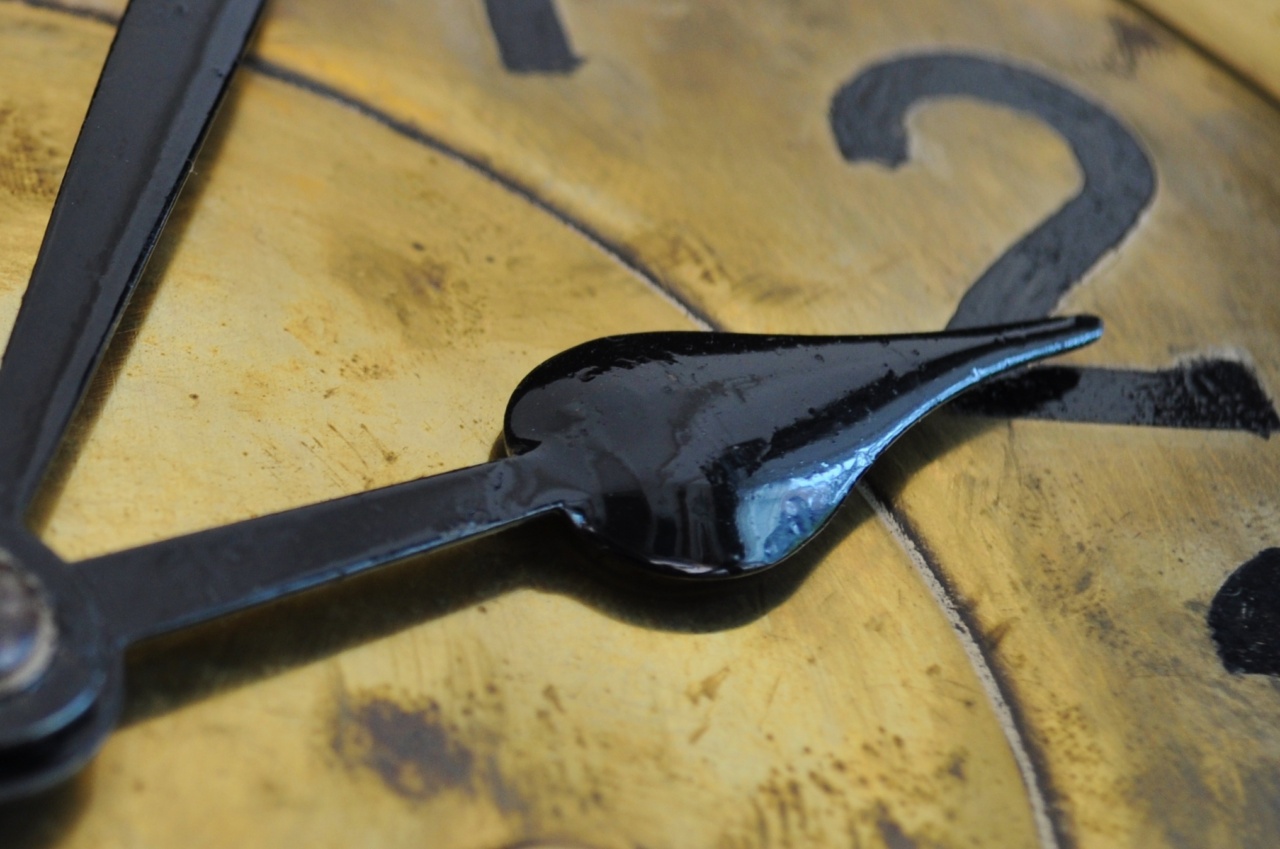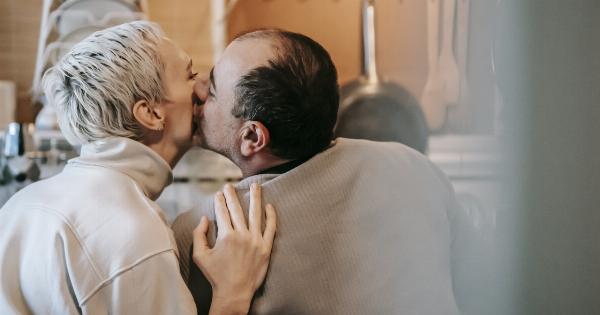Our biological clocks are responsible for regulating many important physiological processes such as sleep, feeding, and hormone secretion.
Disruptions in our biological clocks can lead to a variety of health problems including sleep disorders, obesity, and diabetes. Daylight saving time is a common example of a disruption to our biological clocks, requiring us to adjust to changes in the timing of daylight hours.
In this article, we will discuss the two senses responsible for biological clock regulation during time change.
Visual Sense
The visual sense is one of the primary senses responsible for regulating our biological clocks. Light is the primary time cue for our internal clock, or the suprachiasmatic nucleus (SCN) located in the brain.
The SCN receives light information through the eyes and uses this information to synchronize our internal clock with the external environment.
During daylight saving time changes, the amount and timing of light exposure can change, which can lead to disruptions in our internal clock.
In the spring, when we move our clocks forward one hour, we are exposed to less light in the morning and more light in the evenings. This can cause our internal clock to shift later, making it more difficult to fall asleep and wake up earlier in the morning. In the fall, when we move our clocks back one hour, we are exposed to more light in the morning and less light in the evenings.
This can cause our internal clock to shift earlier, making it more difficult to stay awake in the evenings and stay asleep in the mornings.
Circadian Rhythm Sense
The circadian rhythm is the internal biological process that regulates our sleep-wake cycle, hormone secretion, and other physiological processes.
The circadian rhythm is controlled by a molecular clock that generates self-sustained oscillations in gene expression and protein synthesis. One of the key components of the molecular clock is a protein called CLOCK, which regulates the expression of genes that control the circadian rhythm.
The molecular clock is found in most cells in the body, but the master regulator of the circadian rhythm is the SCN in the brain. The SCN uses information from the visual sense to synchronize the molecular clocks in different cells throughout the body.
However, the molecular clock can also respond to other cues, such as feeding and temperature, which can contribute to the regulation of the circadian rhythm.
During daylight saving time changes, changes in feeding and temperature schedules can also contribute to disruptions in the circadian rhythm.
For example, during the spring time change, people may eat later in the day, which can delay the onset of the circadian rhythm. In the fall time change, people may eat earlier in the day, which can advance the onset of the circadian rhythm.
Conclusion
In conclusion, the visual sense and the circadian rhythm sense are both important for regulating our biological clock during time changes.
Disruptions to our internal clock can lead to a variety of health problems, including sleep disorders and metabolic disorders. It is important to pay attention to the cues that regulate our biological clock, such as light exposure, feeding, and temperature, in order to maintain a healthy circadian rhythm and prevent health problems.




























